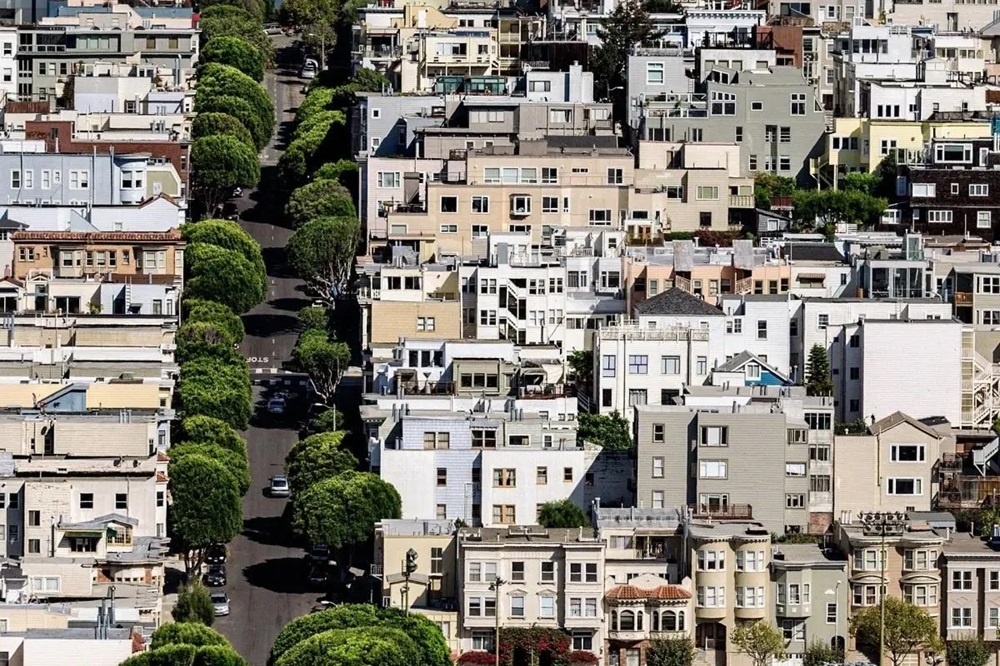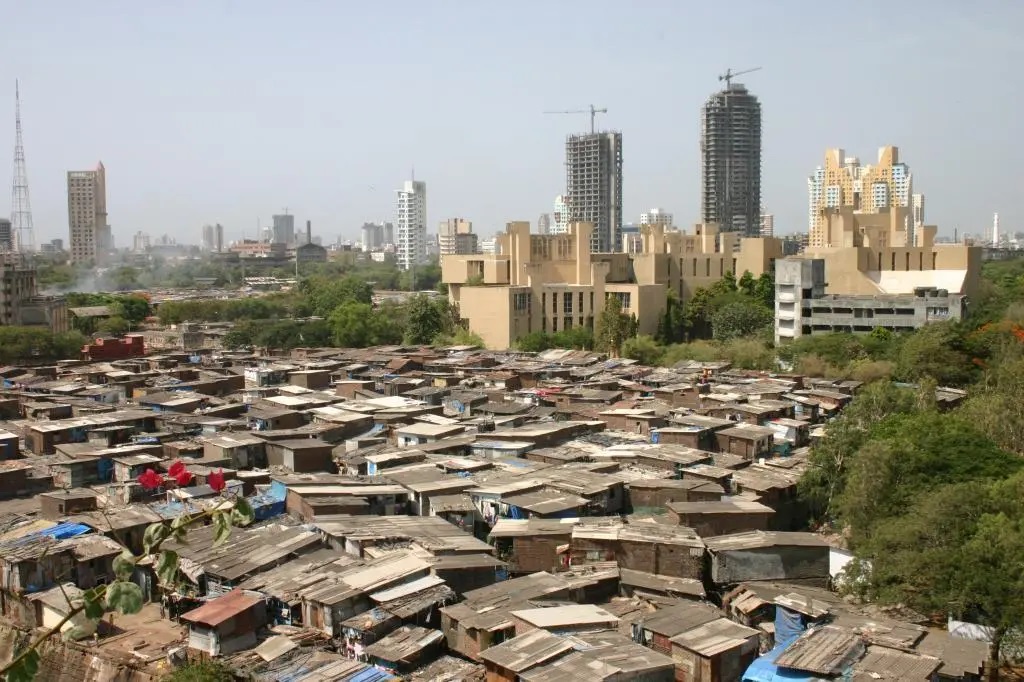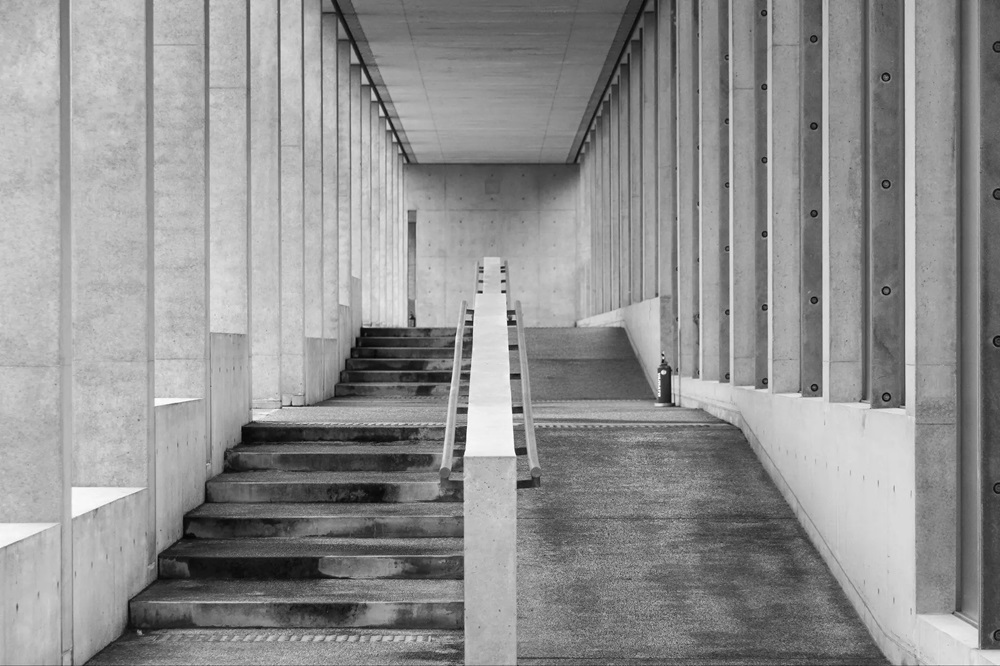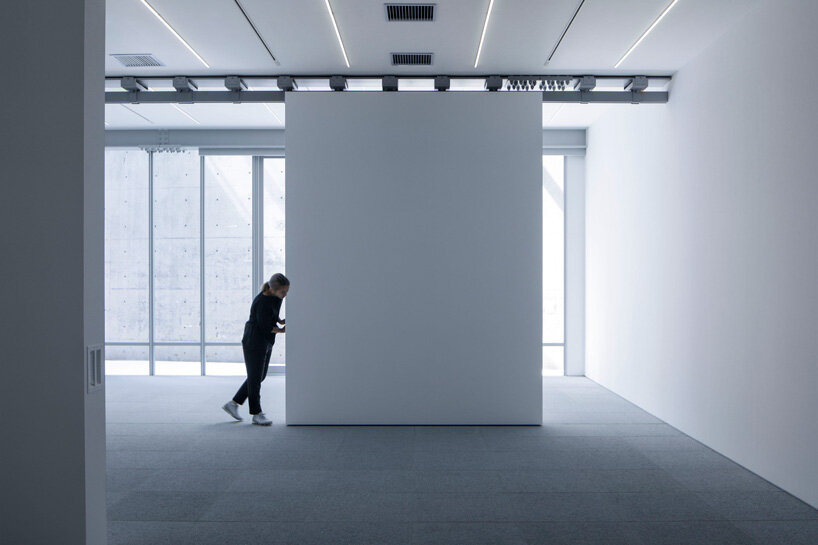Architecture can affect social dynamics, economic systems, and equity within communities in addition to its aesthetic and functional features. Within the complex fabric of society, architecture has a significant impact on defining the psychological and physical environments that we inhabit daily. As we set out to create a more equitable and inclusive world, the relationship between social justice and architecture becomes increasingly important.
The constructed surroundings uphold social norms, values, and hierarchies of power. It tells our communities’ prevailing ideals in a quiet and narrating fashion. So, the question is raised: How can architecture be used to promote social justice and equity and act as a positive agent for change?
The intricate connection between architecture and social justice demonstrates how spatial planning and design may encourage injustice or catalyse change. From historical disparities in urban planning to contemporary initiatives that emphasise inclusivity, the shifting debate seeks to reinterpret architecture’s role in fostering a more equitable society. What role can architecture play in addressing environmental justice, providing cheap housing, and giving marginalised groups a feeling of community? What part does public space play in developing spaces that are inviting and accessible to everyone?
At the intersection of social justice and architecture, the built environment is a potent instrument for breaking down barriers and promoting an inclusive and egalitarian society. As we envision a day when every building is a monument to justice, this investigation seeks to motivate policymakers, citizens, and architects to actively participate in the transformative potential within our communities’ walls.
Architecture and Social Justice
Inclusive design is at the forefront of the relationship between social justice and architecture. More and more architects are realising how important it is to design places that are accessible to everyone, regardless of their age, socioeconomic background, or physical capabilities. This entails giving wide doorways, elevators, ramps, and other characteristics that provide egalitarian access to careful study.
A vital component of social justice is housing availability and affordability. Architecture is essential to building housing options that accommodate a range of economic levels. Economically inclusive communities are facilitated by programmes like cooperative housing models, mixed-income housing, and sustainable design techniques.
Beyond only new buildings, social fairness is also reflected in architecture. Adaptively repurposing existing buildings can breathe new life into underprivileged areas while conserving local identity and meeting the demand for reasonably priced spaces. Initiatives for community-driven development give locals more influence and encourage a sense of pride in the built environment.

Marginalized communities are disproportionately affected by the environmental effects of architectural decisions. Ecological justice is enhanced by sustainable and eco-friendly design principles, which reduce harmful impacts like pollution and resource depletion. Furthermore, incorporating green spaces into urban development helps all citizens live in healthier environments.
Cultural sensitivity in architecture should reflect the diversity of the communities it serves. Inclusivity entails considering the users’ preferences, historical background, and cultural features when designing a location. In the process of making architectural decisions, representation is equally important. How public places are designed dramatically impacts how people interact with each other and the community. Establishing inclusive public areas that can accommodate a range of events and activities promotes a feeling of community. Social justice-minded parks, plazas, and familiar places improve locals’ quality of life and foster a sense of community.
Top-down decision-making in architecture must give way to social fairness. Participating in the design process with local communities guarantees that their wants and goals are reflected in the constructed environment. By enabling locals to alter their environment actively, participatory design encourages a more democratic and equitable approach to urban development. Infrastructure and other resources, including amenities, need to be distributed relatively. Architectural decisions should aim to close the existing gap and encourage a more equitable distribution of resources by guaranteeing that underprivileged neighbourhoods receive the required funding and services.
Through raising consciousness and promoting education, architecture may support social justice. Programs that help communities comprehend how design decisions affect their lives can enable people to speak up in favour of fair developments. Programs for educational outreach also aid in closing gaps in opportunities and knowledge related to architecture.
Advocates for social justice measures can be significantly aided by the expertise of architects and other professionals in the subject.
This entails promoting affordable housing policies, campaigning for zoning laws that support mixed-use developments, and participating in debates that impact communities’ more significant social and economic fabric.
Designing for Equity Social Justice
In the framework of social justice, designing for equity is consciously constructing places, organisations, and metropolitan settings that emphasize justice, inclusivity, and accessibility for every person, irrespective of their origins, financial situation, or ability level.
To ensure that communities’ needs, interests, and cultural issues are considered, involve them in the design process. Developing a cooperative strategy guarantees that the planned areas represent the various viewpoints in the community and promote a feeling of ownership.
Give end users top priority during the design phase. Recognize the goals, struggles, and everyday experiences of those occupying the areas. Universally accessible and welcoming environments must consider a range of abilities, ages, and cultural backgrounds. Create accessible environments for everyone, including those with disabilities, by implementing universal design principles. Meeting various needs entails considering broad doorways, elevators, ramps, and sensory-friendly components. Create ideas for affordable homes to address the housing crisis. Consider creative and economical building techniques, supplies, and floor plans that accommodate different budgets. Socioeconomic diversity is fostered in communities through the integration of mixed-income housing projects.

Include cultural components in the design that are representative of the community’s identity and past; a sense of belonging for all inhabitants can be fostered by making architectural decisions that are inclusive and courteous and avoiding cultural appropriation—design with environmental sustainability in mind to lessen adverse effects on marginalised communities. Consider the environmental impact of projects, encourage green infrastructure, and ensure that populations confronting environmental issues receive fair solutions.
Create public areas that promote leisure, community involvement, and social interaction. Ensure these locations are dispersed fairly among neighbourhoods to prevent upscale areas from becoming overly populated with facilities and underprivileged ones from being neglected. Speak up for and create environments that support the fair allocation of resources, such as public services, healthcare facilities, and educational facilities. Refrain from maintaining spatial inequities that exacerbate unequal access to vital resources.
Adopt planning procedures that include the community in the process of making decisions. This guarantees a transparent, inclusive, and democratic design process, enabling inhabitants to alter their surroundings actively. Encourage communities to become more literate and conscious of architecture. Provide educational initiatives allowing locals to comprehend how design decisions affect their environment, encouraging a sense of agency and advocacy for fair development.
The role of architecture as a social justice agent reverberates with transformative potential in the symphony of urban landscapes.
As we navigate the complexity of a world that is changing quickly, it is becoming increasingly apparent that the planning and design of our built surroundings significantly impact the social fabric.
A diligent and cooperative attitude is required for a more just and equitable built environment. Architects, urban planners, legislators, and communities must collaborate across conventional lines to understand that our places are dynamic representations of our goals and values rather than just fixed structures.





